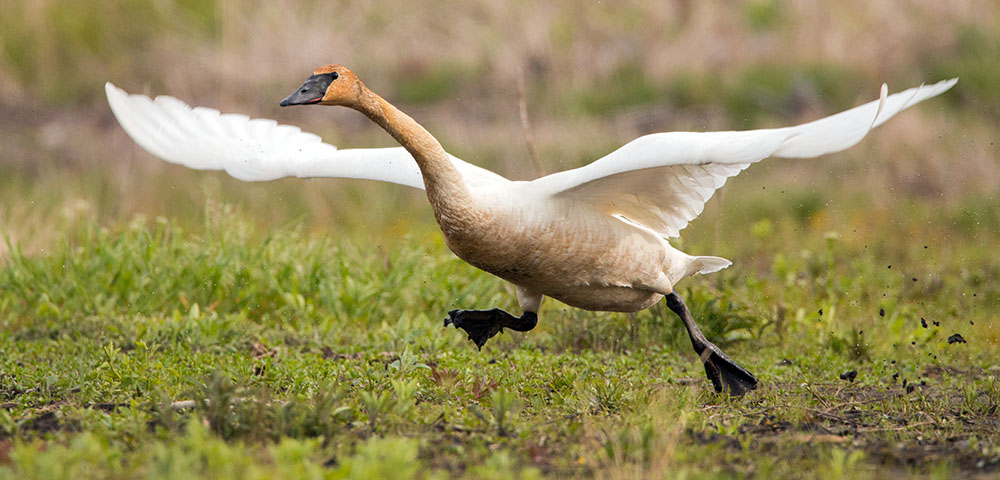
Chiwaukee Prairie: If You Restore It, They Will Come
December 13, 2020 | Topics: Places, Stories
Birds and turtles benefit from restoration at Chiwaukee Prairie West
The Nature Conservancy
It was late April in Wisconsin, and Conservation Project Manager Stephanie Judge was working from home due to the COVID-19 virus, unable to visit the Chiwaukee West Restoration Area near Lake Michigan where she was managing a major wetland restoration.

“Our contractors had finished filling the ditches and digging the new wetland swales just as the pandemic struck,” says Judge, “and I couldn’t get out there to see how the site was responding.”
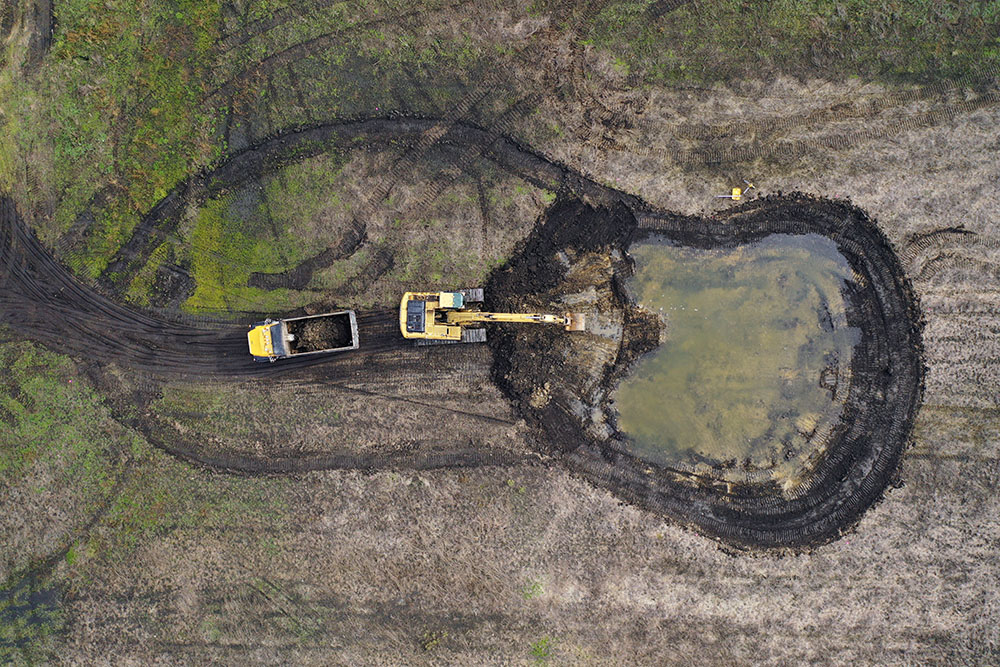
Contractors dug new wetland swales and used the dirt to fill the ditches and restore the water flow to the wetlands.
Photo credit: Soaring Badger Productions.
In January 2019, TNC began restoring 150 acres west of the Chiwaukee Prairie State Natural Area in Kenosha County. Once native prairie, the land had been ditched and drained for agriculture and become overrun with buckthorn, honeysuckle and other invasive species. The groundwater flow that fed the land and the State Natural Area to the east was decreasing a little more each year. The concern was that it could stop almost entirely and damage or destroy one of Wisconsin’s most diverse and beautiful native prairies.

The work to remove the invasive trees and brush, restore the wetlands and ensure a more natural surface and groundwater flow was largely complete, and Judge was anxiously wondering what was happening on the land.
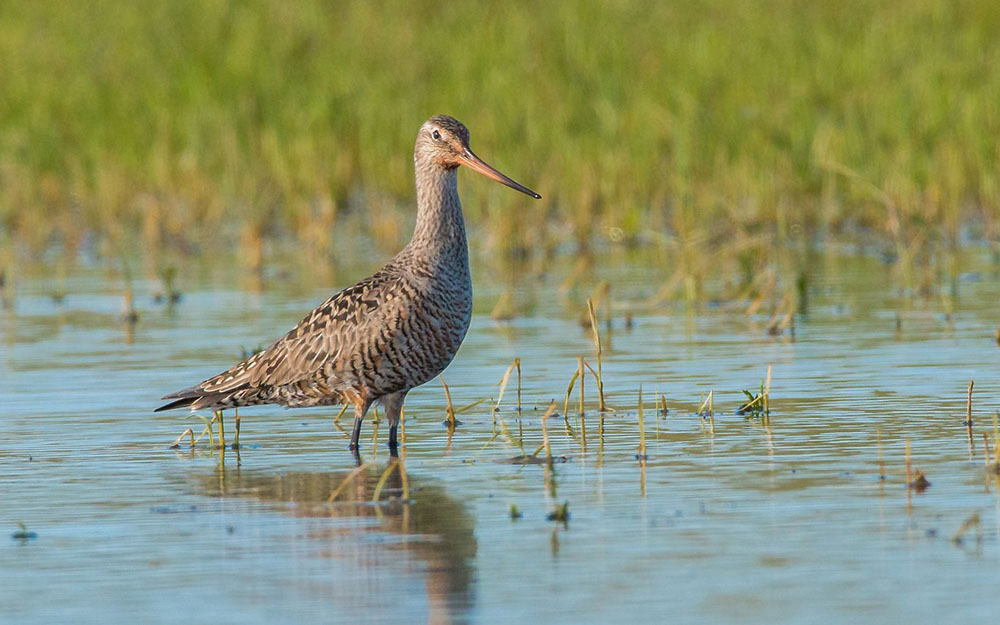
Photo credit: Joshua Smith
“Then, in late April, local birder and wildlife photographer Joshua Smith began sharing these fantastic bird photos with me – all taken on our restoration site this spring,” Judge says.

“As farmland, Chiwaukee West offered some habitat for geese and cranes, but it really couldn’t cater to the more rare and declining species of birds that need unique habitats. Now Josh was sending me photos of greater and lesser yellowlegs, dunlins, black-bellied and lesser golden plovers, a trumpeter swan, a Hudsonian godwit, and many more uncommon species that were all stopping over at our site to use its new groundwater-fed pools and mud flats as they migrated up the shoreline of Lake Michigan.”
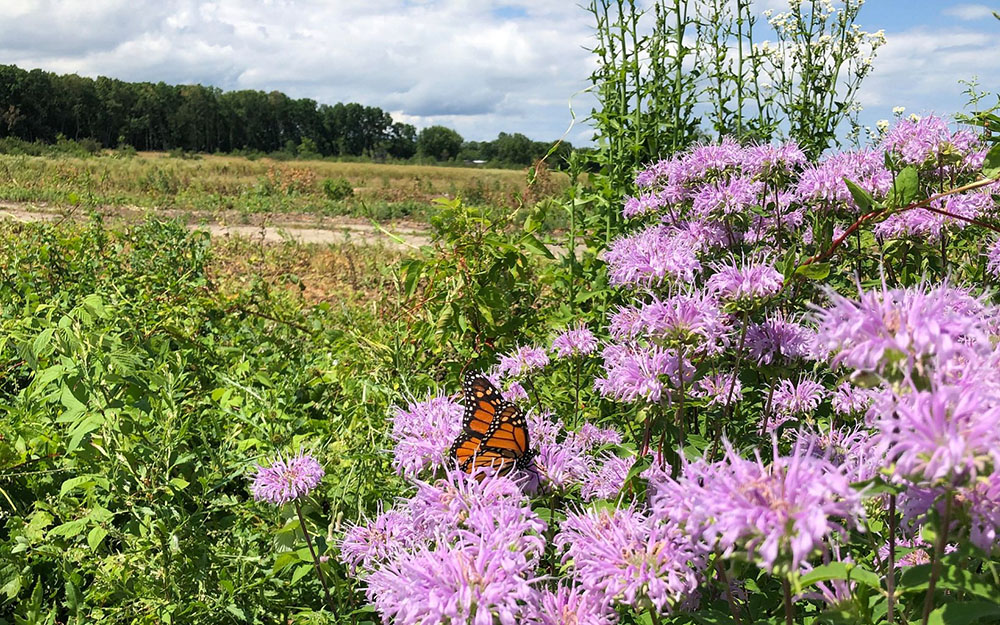
Photo credit: Stephanie Judge/TNC
Happily, birds aren’t the only animals that like the habitat they are finding at Chiwaukee West. Rare Blanding’s turtles are making a comeback on the restored site as well.
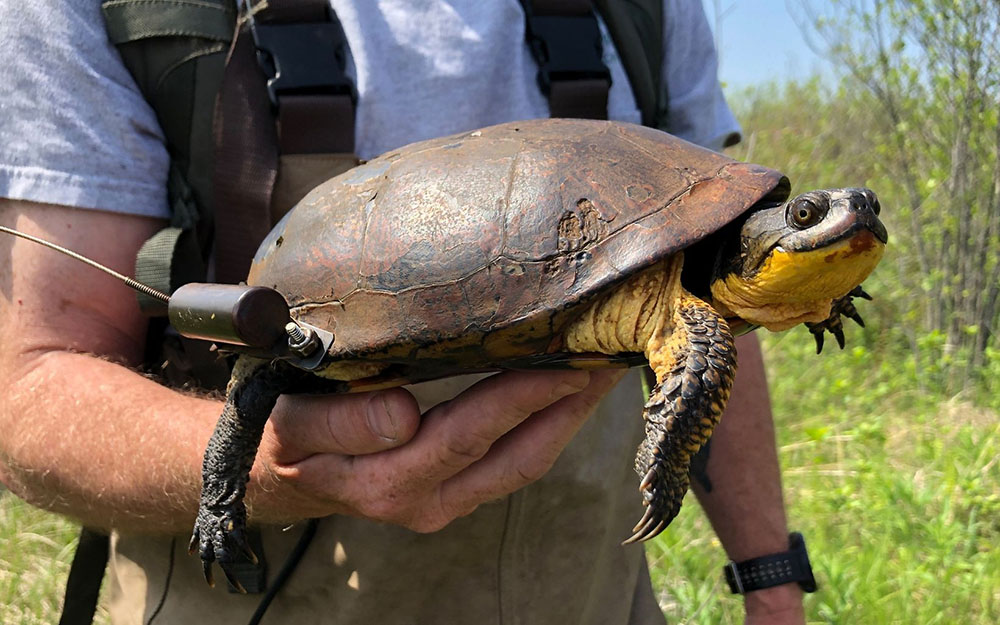
“In the past, we’d had one or two turtles nest on our site in any given year,” says Judge. “Clearing the invasive trees and brush during January and February 2019 removed the horizon lines and likely helped female Blanding’s turtles understand they could expand their habitat to the west. Last year, at least six Blanding’s females nested on our site. The day those turtles started hatching last summer may have been the happiest of my professional life!”
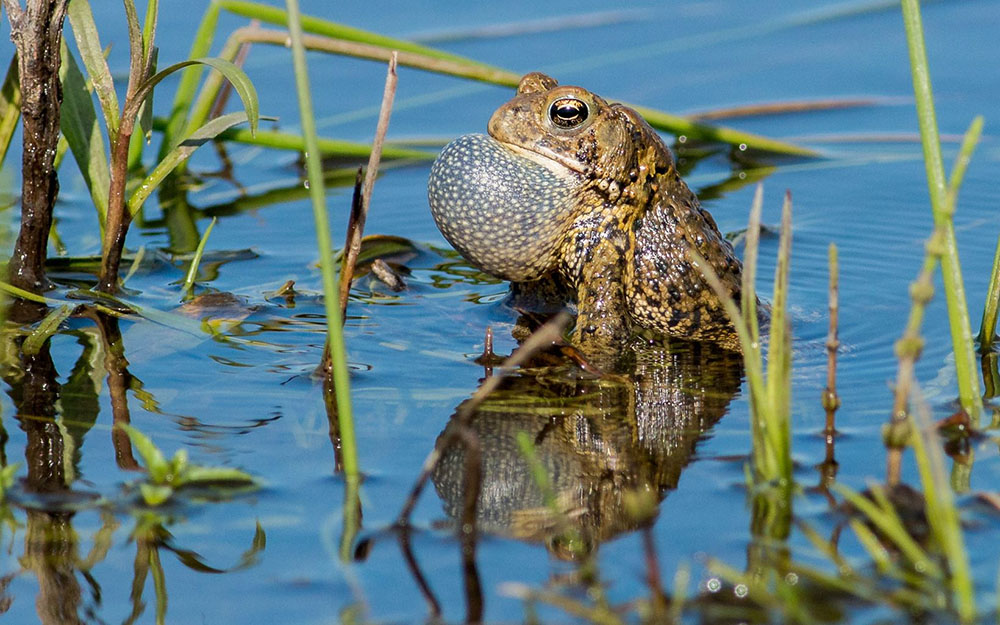
Photo credit: Joshua Smith
As the restoration at Chiwaukee West matures, the land will offer more and more habitat for turtles, birds and other wildlife. While we’re not completely surprised at the rapid response to our restoration of the land, in this year of many challenges, it has been a joyous reminder of nature’s resilience.
More photos and details can be found at nature.org/wisconsin/Chiwaukee restoration.
Story and photos courtesy The Nature Conservancy in Wisconsin, first published in the Fall 2020 newsletter. Reprinted with permission. The featured photo of the trumpeter swan at the top is by Joshua Smith.

